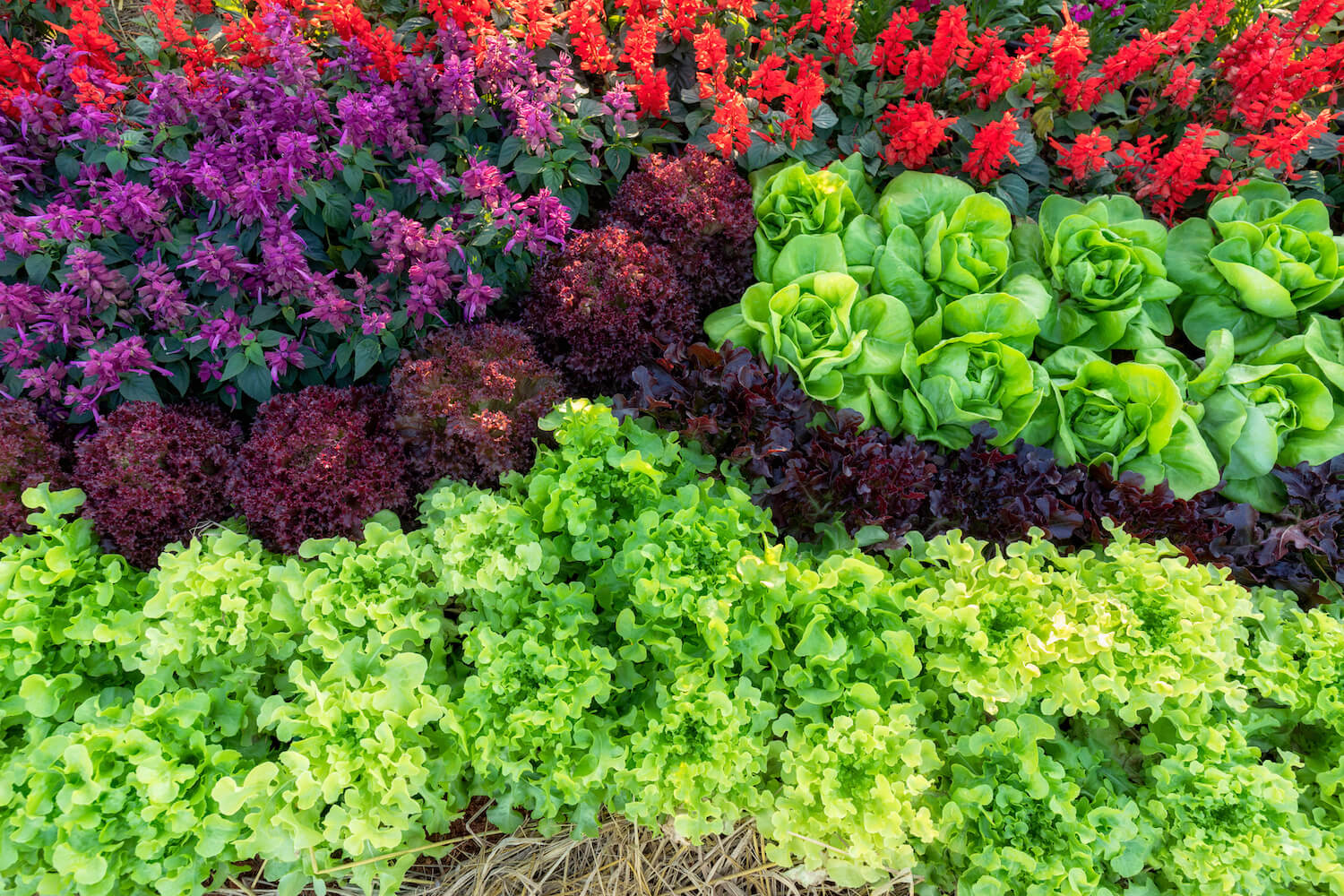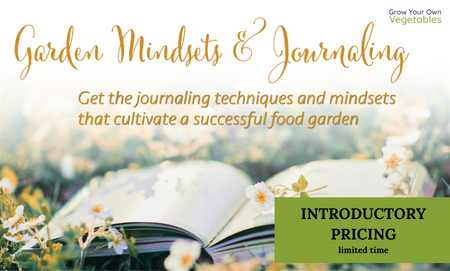Grow $20 of Herbs Each Week – Small Container Garden
Do you have just a couple feet of sunny space and a short growing season? Growing herbs in containers could be the perfect solution for you. Not only are herbs easy to care for, but they can also provide you with fresh, flavorful ingredients every week. With a little attention and a few simple strategies, you could grow up to $20 worth of herbs each week in a small container garden. Here’s how you can do it, featuring some of my favorite herbs to grow and use in your meals!
Would you rather watch than read
‘Grow $20 of Herbs Each Week?’
Watch the video at the bottom of this post instead!
Basil: The Sweet Summer Herb

Basil is the quintessential summer herb and an essential part of any small container garden. It thrives in warm temperatures and plenty of sunlight, making it ideal for growing in containers on patios or windowsills. Basil is incredibly versatile, great for everything from pesto to salads to pasta. Regularly pinch back the leaves to encourage new growth and prevent the plant from flowering. Do this by pinching the stem just above a set of leaves. This will split the stem and your plant will get bushy giving you double the harvest! If you’ve got a lot of basil, freeze the leaves in ice cube trays with olive oil to preserve that fresh, summery taste all year long.
Oregano: A Mediterranean Essential
Oregano is a hardy, low-maintenance herb that thrives in containers. It’s perfect for small spaces because it doesn’t require a lot of room to grow. Regular harvesting encourages new growth, so you’ll have fresh leaves throughout the season. Oregano is perfect for Mediterranean dishes like pasta, pizza, or grilled meats. You can also dry the leaves to use during the colder months, ensuring you have a constant supply of flavor all year long.
Rosemary: Fragrant and Versatile
Rosemary is another herb that thrives in containers. Its fragrant needles add a bold, piney flavor to dishes, making it a go-to for roasting meats, potatoes, and vegetables. Rosemary requires well-draining soil and a sunny spot, but once it gets going, it’s a powerhouse of flavor. Trim the stems regularly to keep the plant compact and bushy but avoid cutting the stem parts where they’re woody. Use fresh sprigs in roasted dishes or try infusing olive oil for a savory treat. As a bonus, rosemary can be a great companion plant in your garden, helping to deter pests.
Sage: Rich and Aromatic

Sage is an herb that’s easy to grow and adds a rich, savory flavor to dishes. It’s perfect for autumn recipes like roasted squash or stuffing. Sage loves full sun and well-drained soil, so be sure to place it in a sunny spot and avoid overwatering. This herb will continue to produce throughout the season, and regular harvesting will keep it growing strong. Try crisping sage leaves in butter for a delightful garnish or use them in soups and stews for added depth.
Mint: Easy and Refreshing
Mint is one of the easiest herbs to grow, but be careful— it can quickly take over your garden if not contained. Growing mint in a container keeps it in check and allows you to enjoy fresh leaves whenever you need them. Mint is perfect for adding to drinks, like refreshing iced teas and mojitos, or for garnishing desserts. It’s also great in savory dishes like lamb or in a homemade mint sauce. Since mint grows quickly, you can harvest it weekly and keep the plant thriving with minimal care.
A small container garden of herbs can be a game-changer when it comes to flavor and value. With a bit of care and regular harvesting, you can grow $20 worth of fresh herbs each week. From oregano to mint, each of these herbs offers something unique for your meals—whether you’re roasting vegetables, making pasta, or crafting refreshing beverages. So, grab a few containers, start planting, and let your herb garden bloom this season!






































